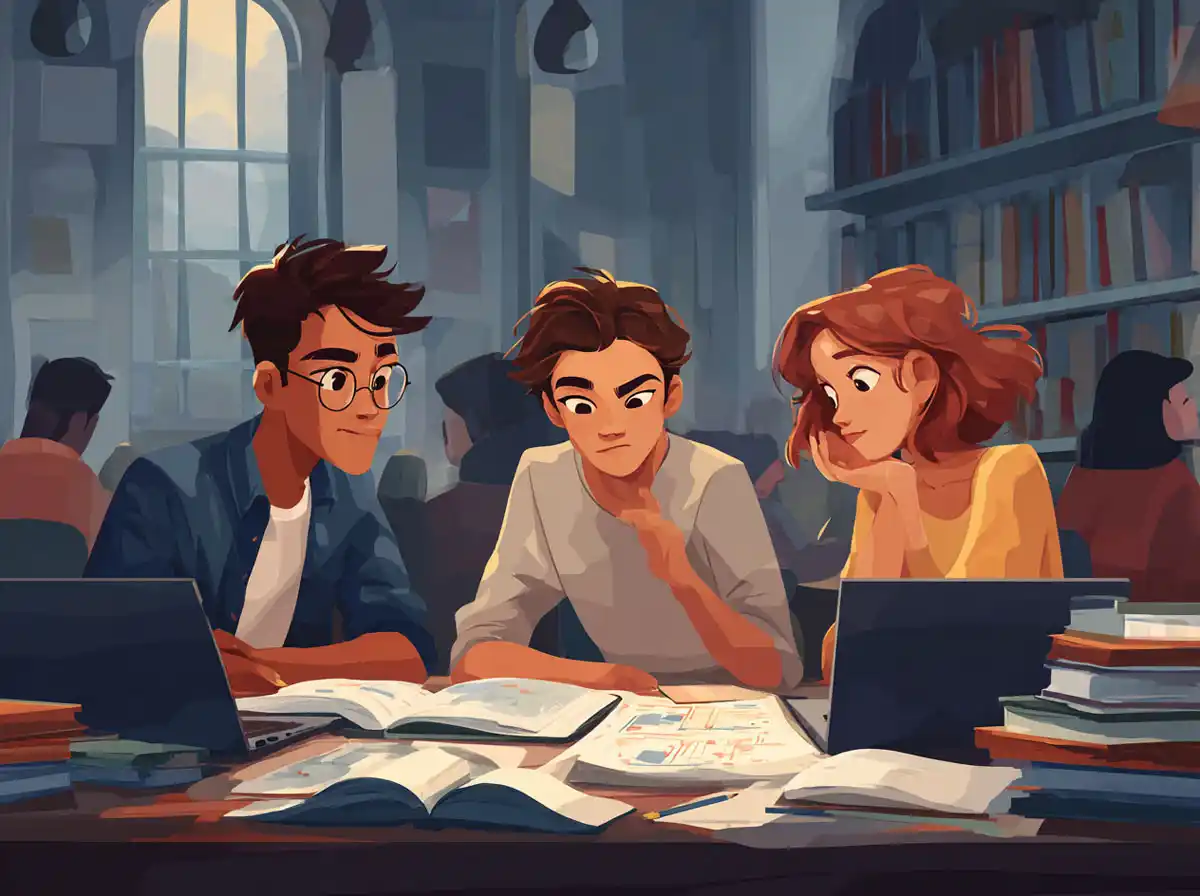Basic Phrases to Start a Conversation
Before diving into specific questions about directions, it’s polite to start with a greeting or a simple conversation opener. Here are a few phrases to help you begin:
Przepraszam, czy możesz mi pomóc? (Excuse me, can you help me?)
This is a polite way to start a conversation with someone you don’t know. It shows respect and immediately informs the other person that you need assistance.
Dzień dobry, mam pytanie. (Good day, I have a question.)
Using a greeting like ‘Dzień dobry’ (Good day) can help soften your approach and make the interaction more pleasant.
Asking for Directions
Once you have initiated the conversation, you can move on to asking for directions. Here are several phrases that will come in handy:
Gdzie jest…? (Where is…?)
This is the most straightforward way to ask for directions. You can fill in the blank with the name of the place you are looking for.
Jak mogę dostać się do…? (How can I get to…?)
This phrase is useful when you want to know the best route to a particular destination.
Czy to daleko stąd? (Is it far from here?)
If you are unsure about the distance, this question will help you gauge whether you can walk or if you need to use transportation.
Na którym przystanku wysiąść? (Which stop should I get off at?)
This question is particularly useful if you are traveling by bus or tram and need to know where to alight.
Understanding the Directions
Once you ask for directions, you’ll need to understand the response. Here are some common phrases you might hear:
Prosto (Straight ahead)
A simple and common direction, ‘prosto’ indicates that you should continue forward.
W lewo (To the left)
This indicates that you should turn left.
W prawo (To the right)
Similarly, this means you should turn right.
Na rogu (At the corner)
Often, directions will involve landmarks or specific locations such as corners.
Obok (Next to)
You might hear this if the place you are looking for is adjacent to a notable location.
Clarifying and Confirming Information
It’s important to make sure you understood the directions correctly to avoid getting lost. Here are some phrases to help you clarify and confirm information:
Powtórzy pan/pani? (Could you repeat that?)
If you didn’t catch what was said the first time, don’t hesitate to ask the person to repeat the information.
Czy mógłby pan/pani mówić wolniej? (Could you speak slower?)
If the person is speaking too fast, this phrase will help you understand better as they slow down.
Czy mógłby pan/pani to napisać? (Could you write it down?)
Sometimes, seeing the words written can be more helpful than hearing them, especially if there are unfamiliar street names.
Practical Tips for Asking Directions
– Always approach with a smile and be polite. Good manners are appreciated in every culture.
– If possible, have a map on hand so that the person can point to the location or draw the route. This can help avoid any confusion.
– Learn to recognize a few key words and landmarks in Polish as this will help you follow directions more easily.
Navigating through a new city, especially one where you are not fluent in the local language, can be daunting. However, with these simple Polish phrases and a little confidence, you’ll be able to ask for and understand directions, making your travel experience much more enjoyable and stress-free. Remember, most people are willing to help, so don’t be afraid to use your new language skills!










